I just designed a simple class D amp pcb in which the ground plane is in a star configuration with the IC as center as suggested by the datasheet (cuts in signal areas vs big cap areas, etc..). VCC plane is on the other side. It is as "clean" as I can do it. On the remainder of the board (borders mostly) I have blank pcb space (the pcb has to be this size). I was not sure if it would be a good idea to put a ground plane around all that as I think it would disrupt the star scheme, so I left a floating plane on both sides of the PCB. Would this be detrimental in any way? Is there a better option?
Floating plane is highlighted.

